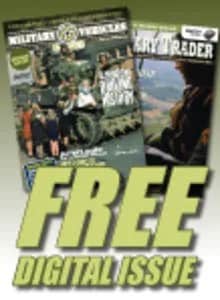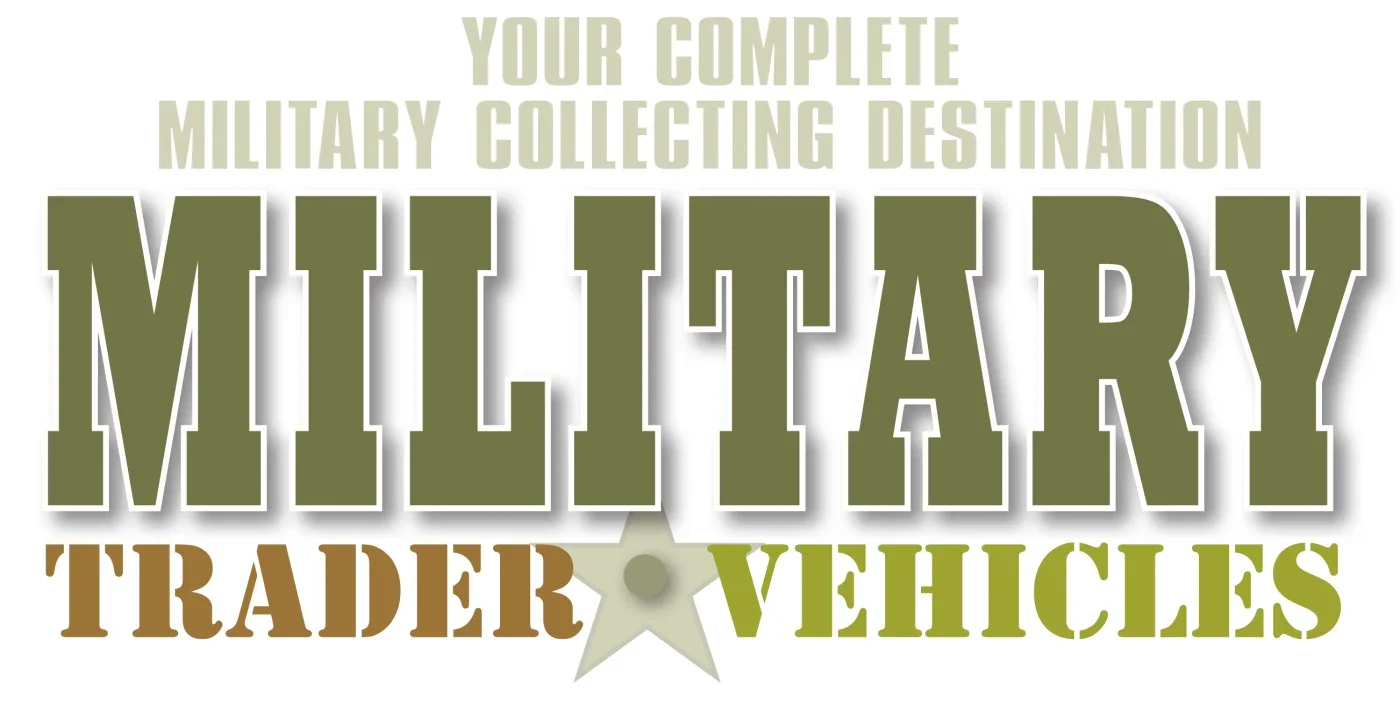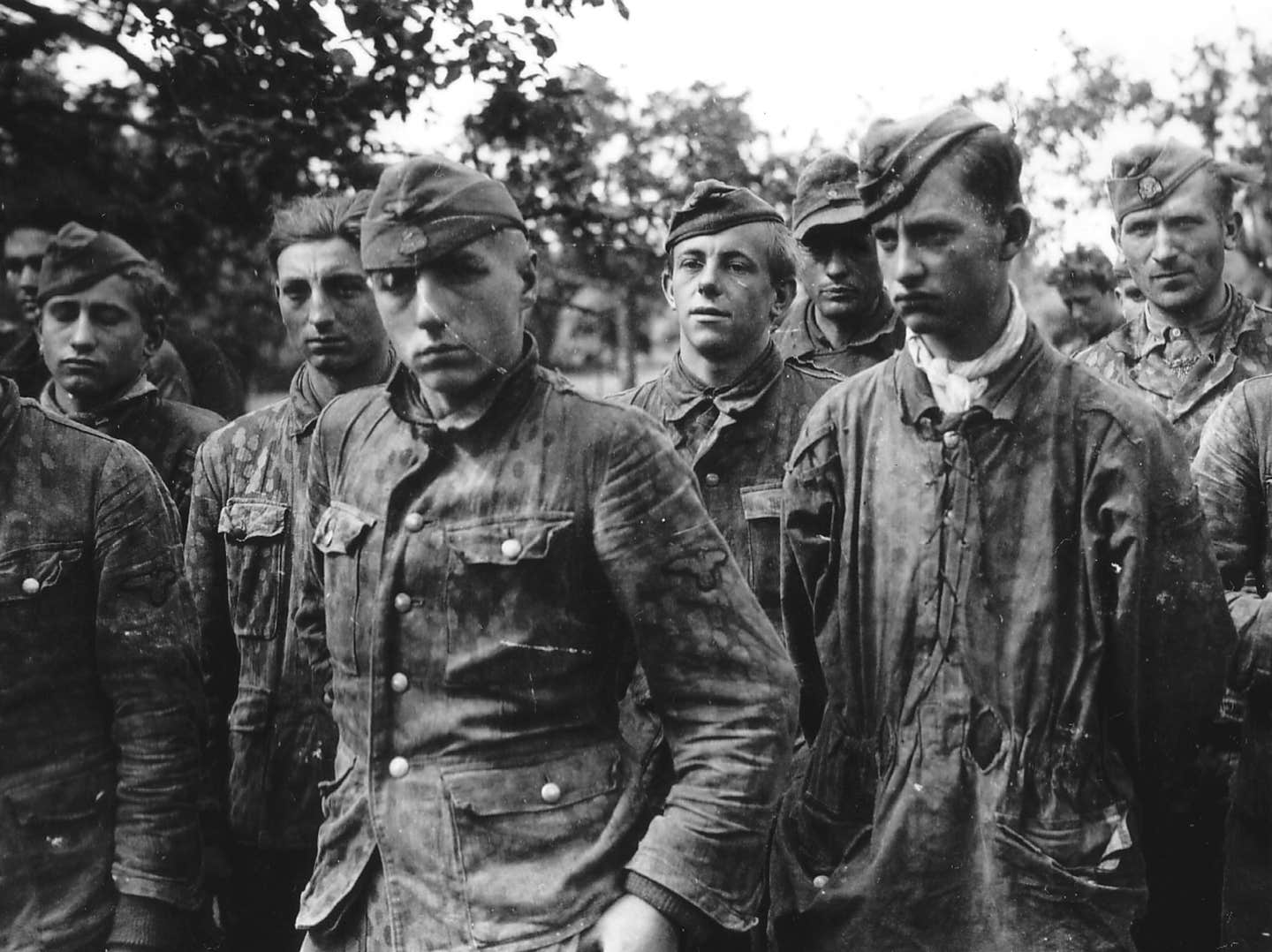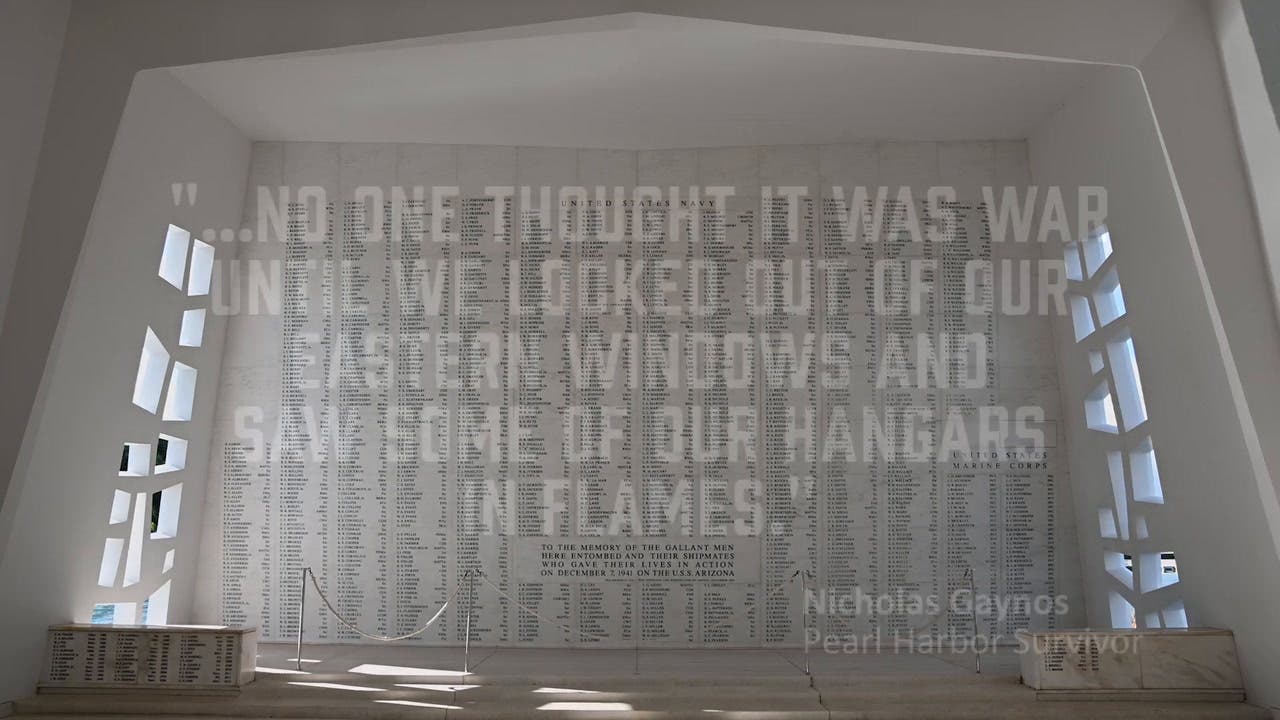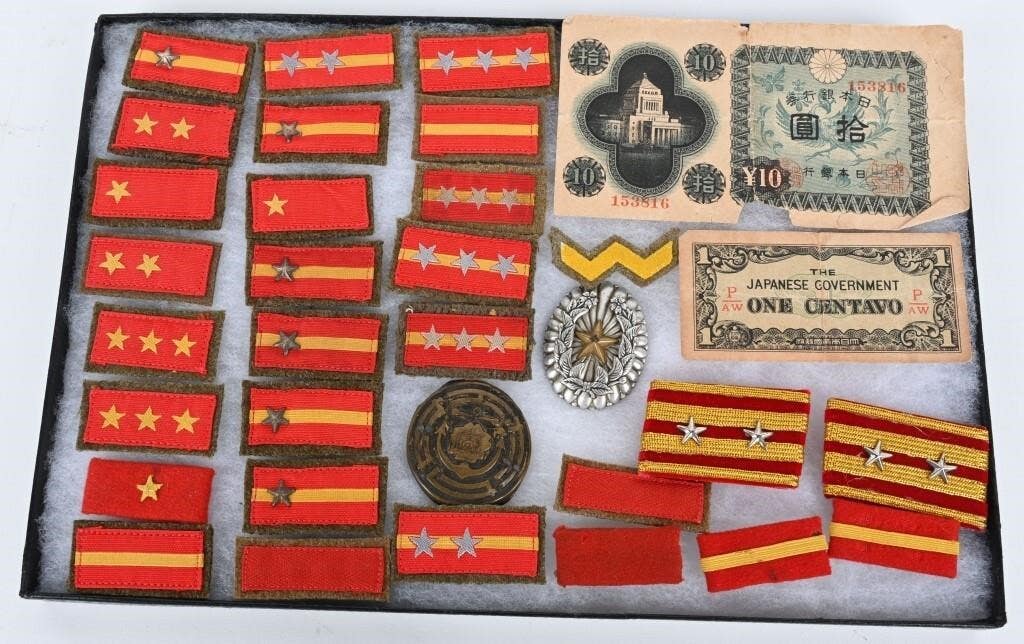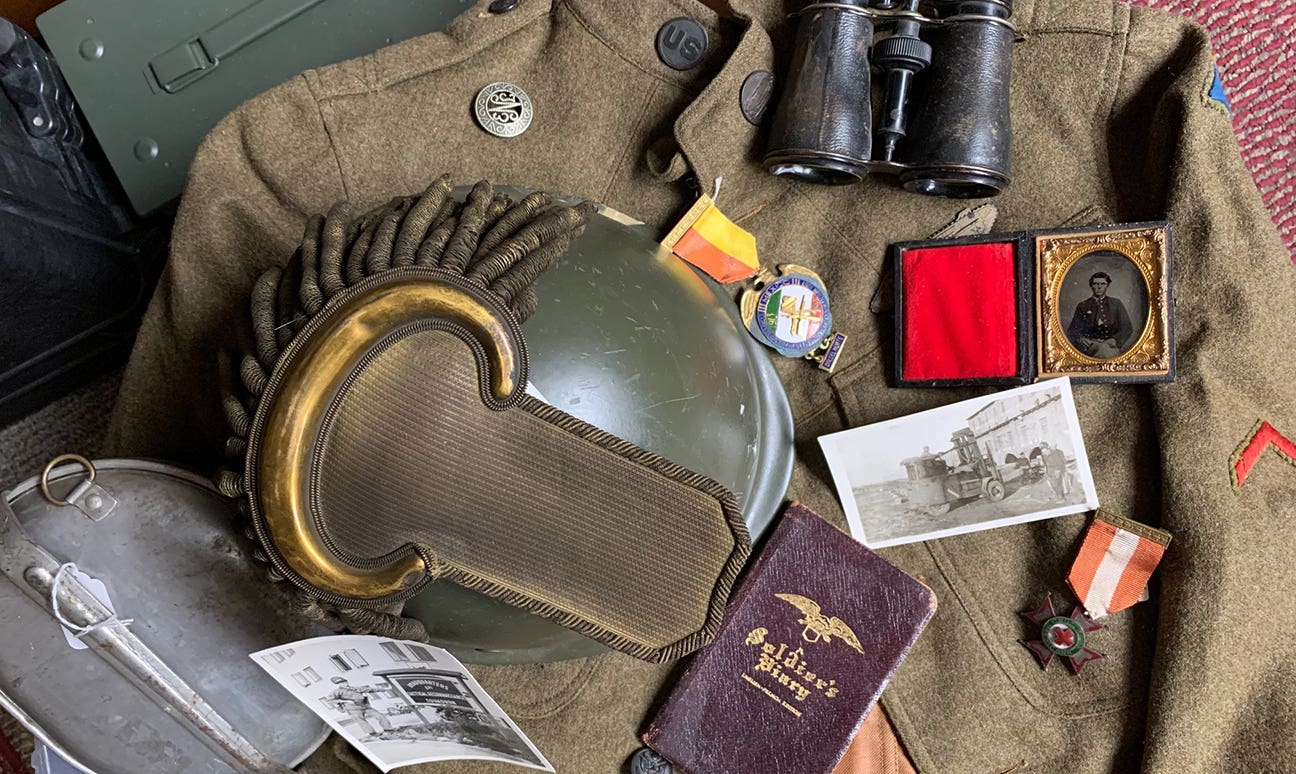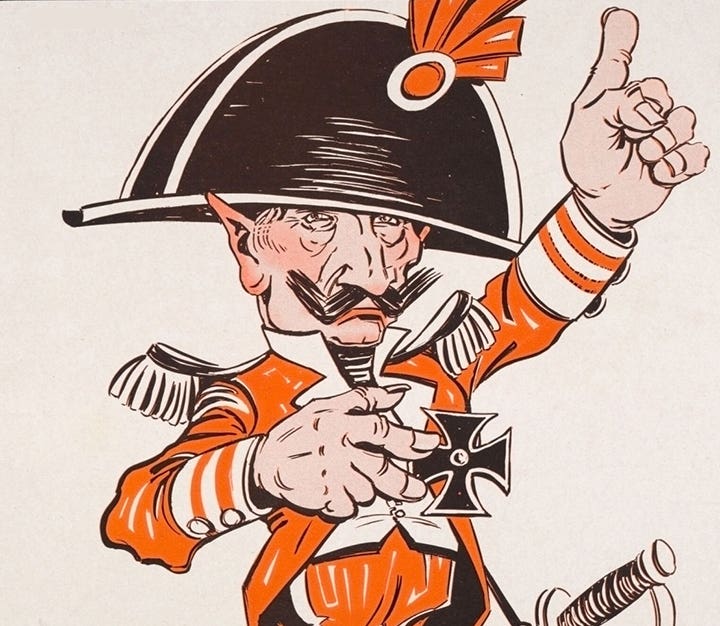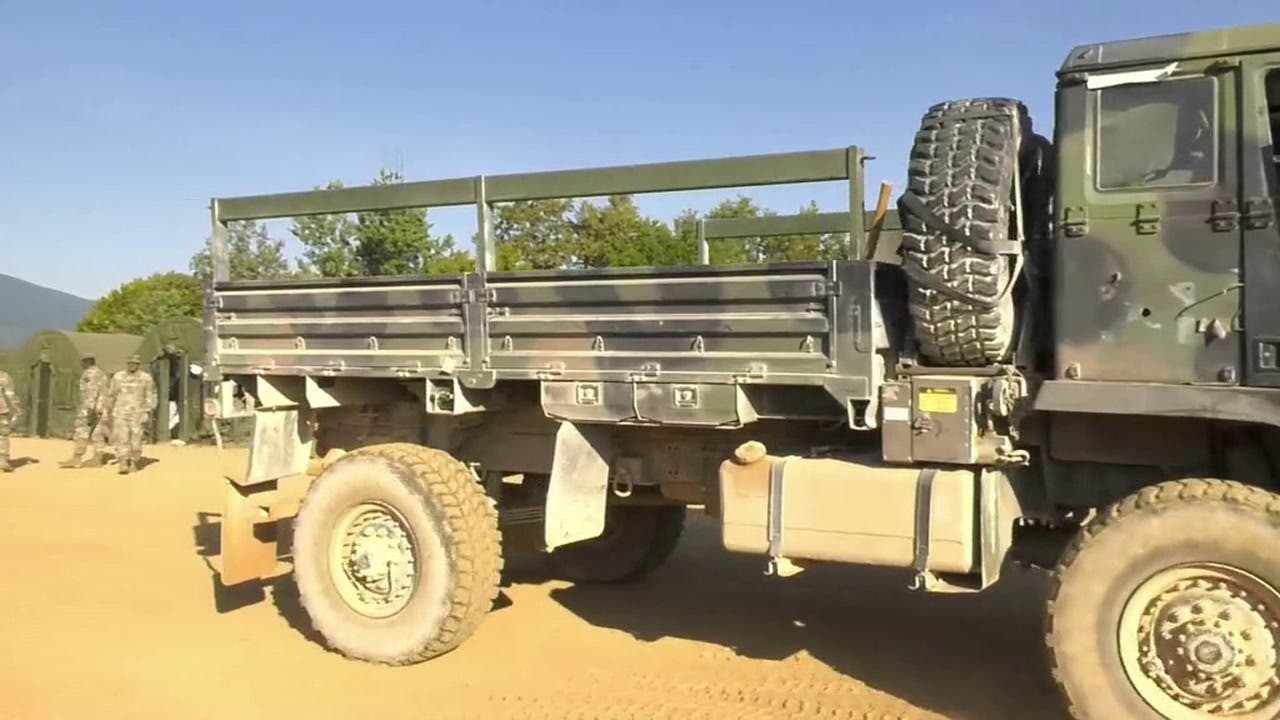One good deed deserves another
A few years ago, a friend of mine who collects WWII vehicles, called me. “John, you like WWI Tank Corps stuff, right?” he asked before describing an identified uniform and…
A few years ago, a friend of mine who collects WWII vehicles, called me. “John, you like WWI Tank Corps stuff, right?” he asked before describing an identified uniform and helmet he had just bought at a farm auction. “Is it available for sale?” I asked. “No,” he told me without leaving enough time for me to be disappointed before continued, “It’s yours.” He knew I liked that stuff, researched it, and took care of it. To him, the $50 or $100 that he might make on it wasn’t worth keeping the material from a good home—his focus was on vehicles. He knew I would devote the time and energy to researching this group.
ONE GOOD DEED...
One of the reasons I can’t be a successful “generalist” or “accumulator” of militaria is I tend to think like my friend. I can’t care for all of it, so I try to find good homes for the objects that don’t fit my focus. So, when I ended up with a Panzer M43 cap, as cool as I thought it was, I passed it along. The same held true for the identified 5th Special Forces beret and tiger striped shirt.
I admit, I wasn’t as generous as my buddy, Those items transferred ownership for reasonable sums. It was different, though, when I received the call about a “WWII Jeep.”
The call began something like this: “I saw your ad for military relics. It said you said you would ‘even buy old jeeps or army trucks’.” That was true. My standing ad does say something about, “No relic too small or large—I will even buy your old ‘Army Jeep’.”
The voice on the line went on to describe “Grandpa’s hunting jeep at the cabin.” After a few probing questions, I could tell the caller didn’t know much about the vehicle, but she did want to sell it. We made arrangements for me to drive to the north woods cabin to look at the Jeep.
What I found was the rusted body and frame of a 1944 GPW Jeep. It had replaced bumpers, only one combat rim, and was painted bright red. The seats were from an old Mustang, the steering wheel from Western Auto, and a tailgate added from who knows what. My heart sank.
“But,” I thought, “I drove three hours to see this. I might as well inspect it.” After some effort, I was able to lift the hood. The air cleaner was gone, but the carburetor was still sitting on what appeared to be a fairly complete Ford engine.
After clawing through leaves and remnants of rodents’ nests around the valve cover, I was able to read the stamped number on the engine plaque, “GPA 1XXX.” Jackpot! I knew what I was looking at—the motor in this vehicle was replaced—with a motor from a very desirable, Ford Amphibious “GPA” Jeep.
As I negotiated a price, it was clear the family just wanted the “rust bucket” off their land. In fact, if I would take care of clearing the trees that had grown up around it and haul it out myself, I could have the carcass for $250.
Done! I handed the money and told the seller I would return within a week to haul it out.
On my drive home, my thoughts were filled with dollar signs. I could sell the few good parts from the Jeep and probably make back my $250 before cashing in on the engine—That baby was going to fetch round $800!
I was excited. This was going to be a good “score” for me—proof to my partner I do know what I am doing, plus some extra dollars to spend on collecting.
Not being the kind of card player who can hold a good hand close to the vest, I had to tell my friends about my purchase. But who would appreciate what I just found? Most of my “militaria friends” don’t know the intricacies of historic military vehicles, so the first guy I called was that vehicle collector who had given me the Tank Corps uniform years before.
He listened as I described the Jeep, asking a few questions like, “Was the transmission correct?”; “Data plates on the glove box?”; and “Did you find a tool kit under the seats?”
“Guess what the serial number was on the engine?” I asked. “I suppose it falls into the right range for this Jeep?” he replied.
I laughed, and said, “No. That’s what ticked me off. It wasn’t the correct engine. Instead, it was stamped, ‘GPA1XXX.”
Silence. Then he repeated, “GPA 1XXX?”
Yep,” I pretended I didn’t know what that meant.
He became animated, “You know what that is, right John?” I couldn’t hold back, “Yeah, I do. Pretty neat, don’t ya think?”
Then he told me something I didn’t know, “I have been restoring a GPA for the past two years. I haven’t been able to find the correct motor to put in it, though.”
I didn’t miss a beat. I didn’t recalculate the profit-loss margin. All I said was, “Well now you found one. It’s yours.”
GIVING BACK
I guess this is why I will never have a “great” collection. I believe in "giving back" when someone has helped me with my particular collecting interests.
The Board of Directors of the Military Vehicle Preservation Association (MVPA ) have stuck their collective necks out many times to enact legislation for the strength of the hobby, host international conventions, and provide member clubs with insurance for events. The MVPA works hard to insure the health of the military vehicle collecting hobby. The organization takes risks on our behalf.
Some might say, “I get so much more from internet forums,” but let’s face it, you “Get what you pay for.” If you aren’t willing to invest in a national organizations that champions the hobby, don’t get upset the next time your state decides to impose some unreasonable restrictions on your military vehicle hobby.
Yes, I feel we owe the MVPA a bit in return—“one good deed deserves another.” Probably a handshake or a “thank you” will give your Board Member a smile, but there is more you can do:
a. Join the MVPA or renew your membership.
b. Plan to attend the annual Convention or regional events. And bring a friend. The hobby thrives only through participation. The single best way to give back to the hobby is to invite a friend to come to the show with you.
c. Be patient with the MVPA Board Members and staff. The MVPA’s overriding goal is to “Create as much value for your membership as possible.” If they have made some rule with which you disagree, bear in mind, they made it with the goal of the greater good of the hobby.
For more info on the MVPA and the 2016 National Convention in California, log onto www.mvpa.org
John Adams-Graf ("JAG" to most) is the editor of Military Trader and Military Vehicles Magazine. He has been a military collector for his entire life. The son of a WWII veteran, his writings carry many lessons from the Greatest Generation. JAG has authored several books, including multiple editions of Warman's WWII Collectibles, Civil War Collectibles, and the Standard Catalog of Civil War Firearms. He is a passionate shooter, wood-splitter, kayaker, and WWI AEF Tank Corps collector.
